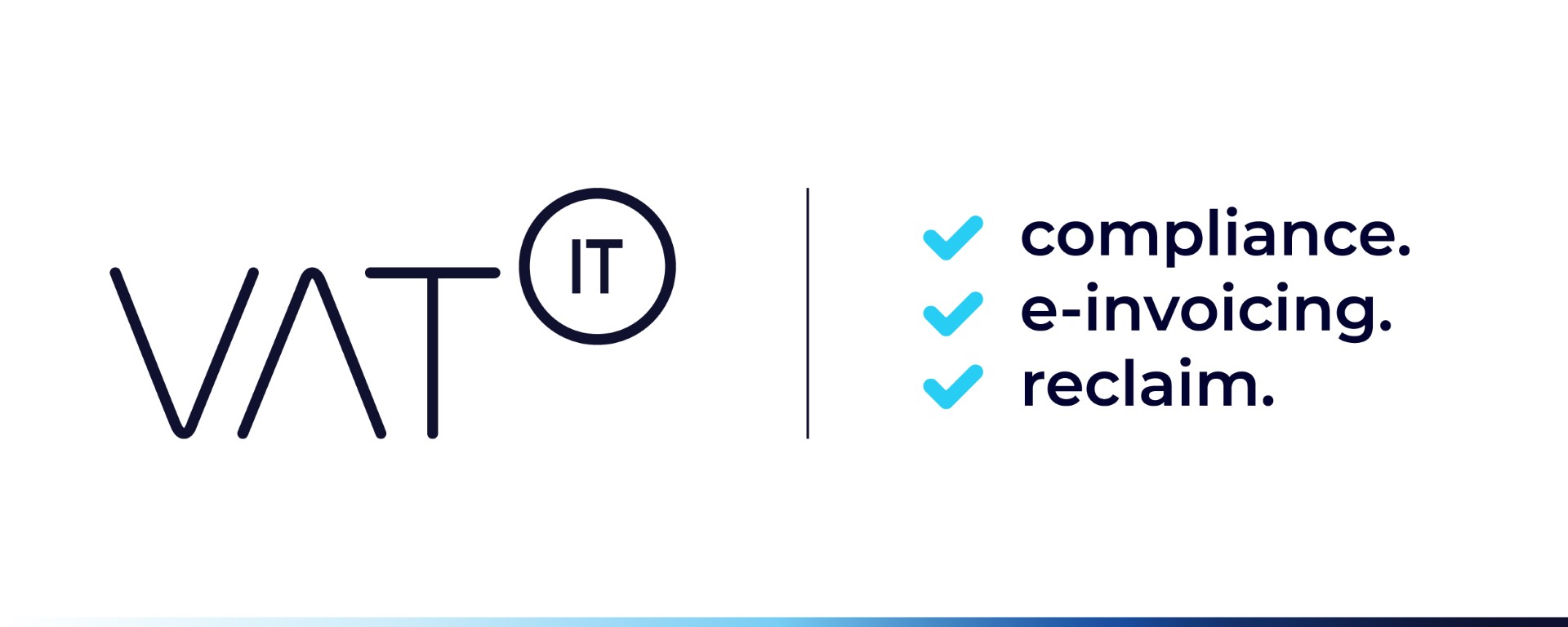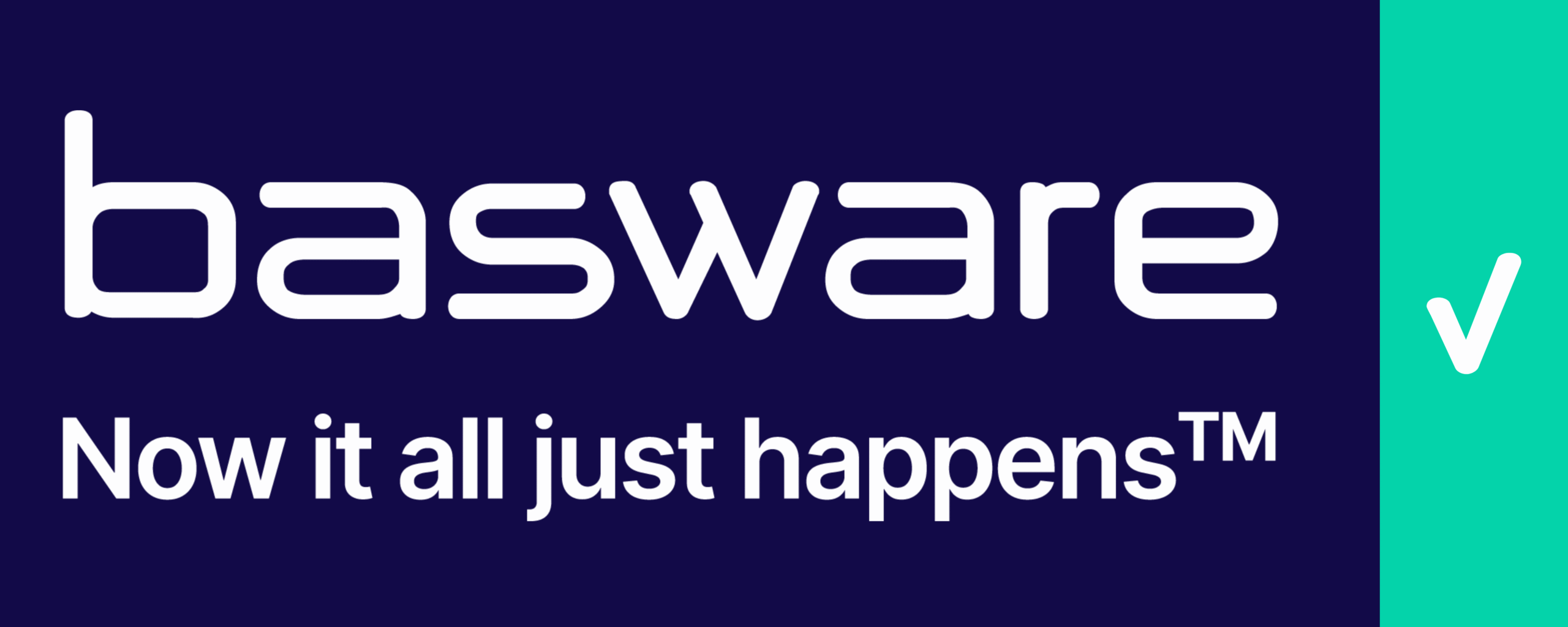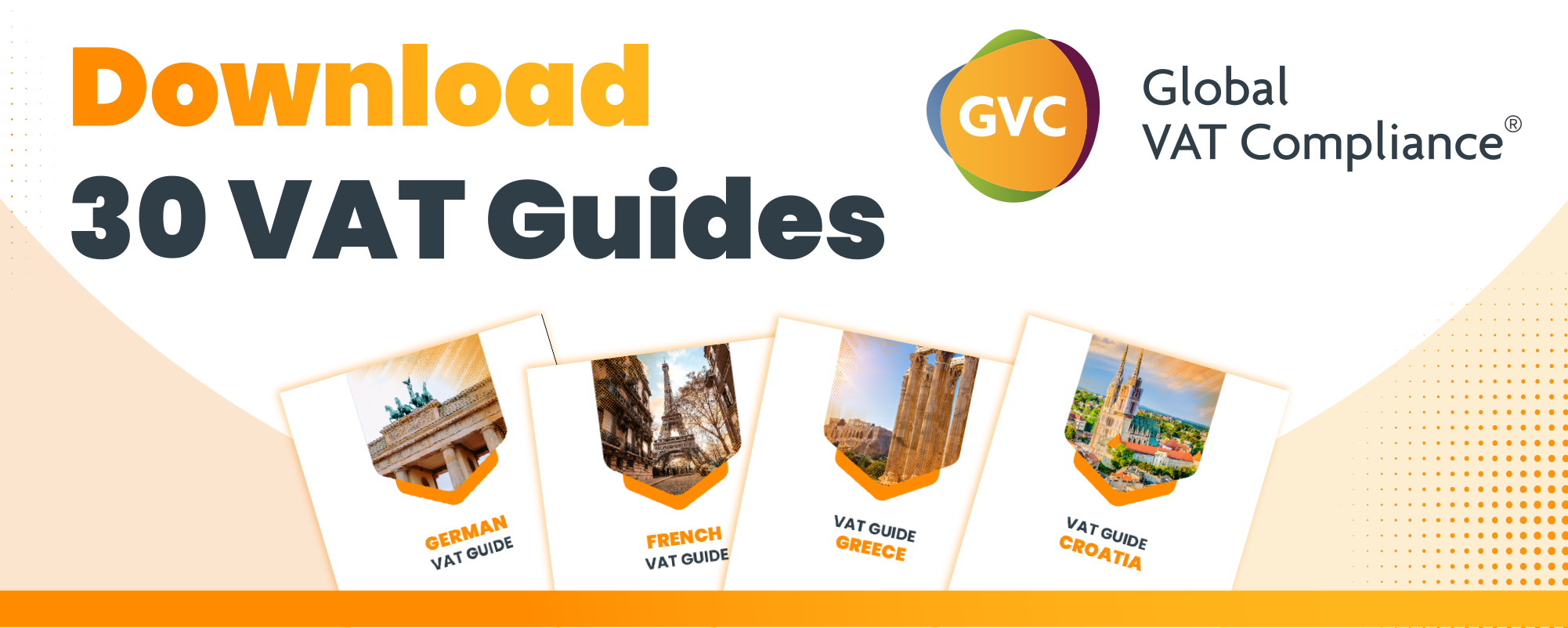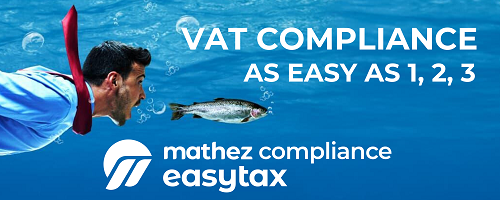- E-Invoicing Implementation and Applicability: E-invoicing under GST mandates certain GST-registered businesses to generate electronic invoices for Business-to-Business (B2B) transactions. As of August 2023, businesses with an Annual Aggregate Turnover (AATO) exceeding Rs. 5 crore are required to comply, down from the previous threshold of Rs. 10 crore.
- New Rules Effective April 2025: Starting April 1, 2025, businesses with an AATO of Rs. 10 crore and above must upload e-invoices to the Invoice Registration Portal (IRP) within 30 days, a significant change aimed at enhancing compliance and reducing tax evasion.
- Process and Benefits: The e-invoicing process involves generating invoices electronically, which are authenticated by the IRP, allowing for seamless data transfer to the GST and e-way bill portals. This system improves data reconciliation, reduces errors, and enhances real-time tracking of transactions, benefiting businesses by streamlining GST compliance and increasing transparency.
Source Cleartax
Latest Posts in "India"
- AAR Rules GST Applies to Small Packaged Shrimp Exports, Citing Retail Packaging Criteria
- Supreme Court to Decide if Leasehold Rights Transfer is Taxable Under GST Law
- Only Entity Named as Exporter in Customs Documents Can Claim Service Tax Refund: CESTAT
- CESTAT: Testing Services to Foreign Clients Qualify as ‘Export of Services’ under FTDR Act
- CESTAT Rules Dell India’s Services to Foreign Affiliates Qualify as Export, Allows Appeal














